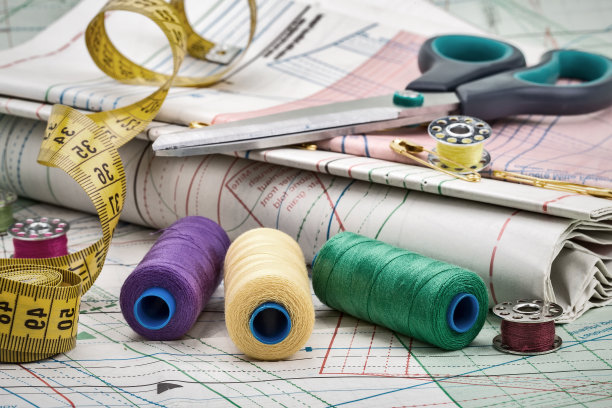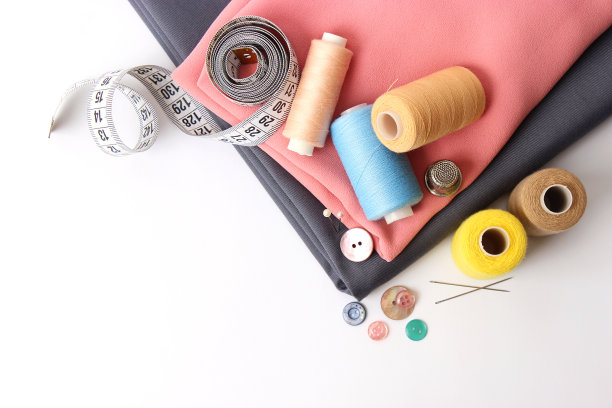Choosing the best colors for tailor chalk is essential for any sewing project. The right tailor chalk colors can make fabric marking easier and more precise, ensuring your patterns are accurate and your sewing experience is enjoyable. In this article, we will explore various colors of tailor chalk and how to select the most suitable one for your specific needs.

Understanding Tailor Chalk Colors
Tailor chalk is available in a variety of colors, each serving different purposes in fabric marking. The choice of color can significantly affect visibility and precision, depending on the fabric type and pattern complexity.
Common Tailor Chalk Colors
- White Chalk: Ideal for dark fabrics, white chalk provides excellent contrast and visibility.
- Black Chalk: Perfect for light-colored fabrics, black chalk ensures clear markings.
- Colored Chalk: Bright colors like red, blue, and yellow are useful for marking on various fabric shades, allowing for better visibility in different lighting conditions.
Why Color Matters in Fabric Marking
When marking fabric, the visibility of your markings is crucial. Using the right color ensures that the lines are easily seen during cutting and sewing. Here are some considerations:
- Fabric Color: Always choose a chalk color that contrasts sharply with the fabric. For example, use white chalk on navy or black fabric and black chalk on white or beige fabric.
- Lighting Conditions: Consider the lighting of your workspace. Certain colors may appear differently under artificial light compared to natural light.

Benefits of Using Tailor Chalk
Using tailor chalk for marking offers several advantages:
- Precision: Tailor chalk allows for precise markings, which is essential for pattern alignment and cutting.
- Easy Removal: Most tailor chalks can be easily brushed off or washed away, making them ideal for temporary markings.
- Versatility: Tailor chalk can be used on various fabric types, providing versatility for different sewing projects.

Choosing the Right Chalk Color for Your Project
When selecting the best colors for tailor chalk, keep the following tips in mind:
- Assess Your Fabric: Determine the color of the fabric you will be working with. This helps in selecting a contrasting chalk color.
- Consider Your Project: For detailed patterns, opt for finer chalk that allows for precise markings. For larger areas, broader chalk may be more efficient.
- Test Before Use: If unsure, test the chalk on a scrap piece of fabric to ensure visibility and ease of removal.
Conclusion
Choosing the right tailor chalk colors is crucial for successful fabric marking and tailoring. By understanding the properties of different chalk colors and their applications, you can enhance your sewing projects significantly. Always remember to consider the fabric type, lighting conditions, and the specific needs of your project when selecting chalk.